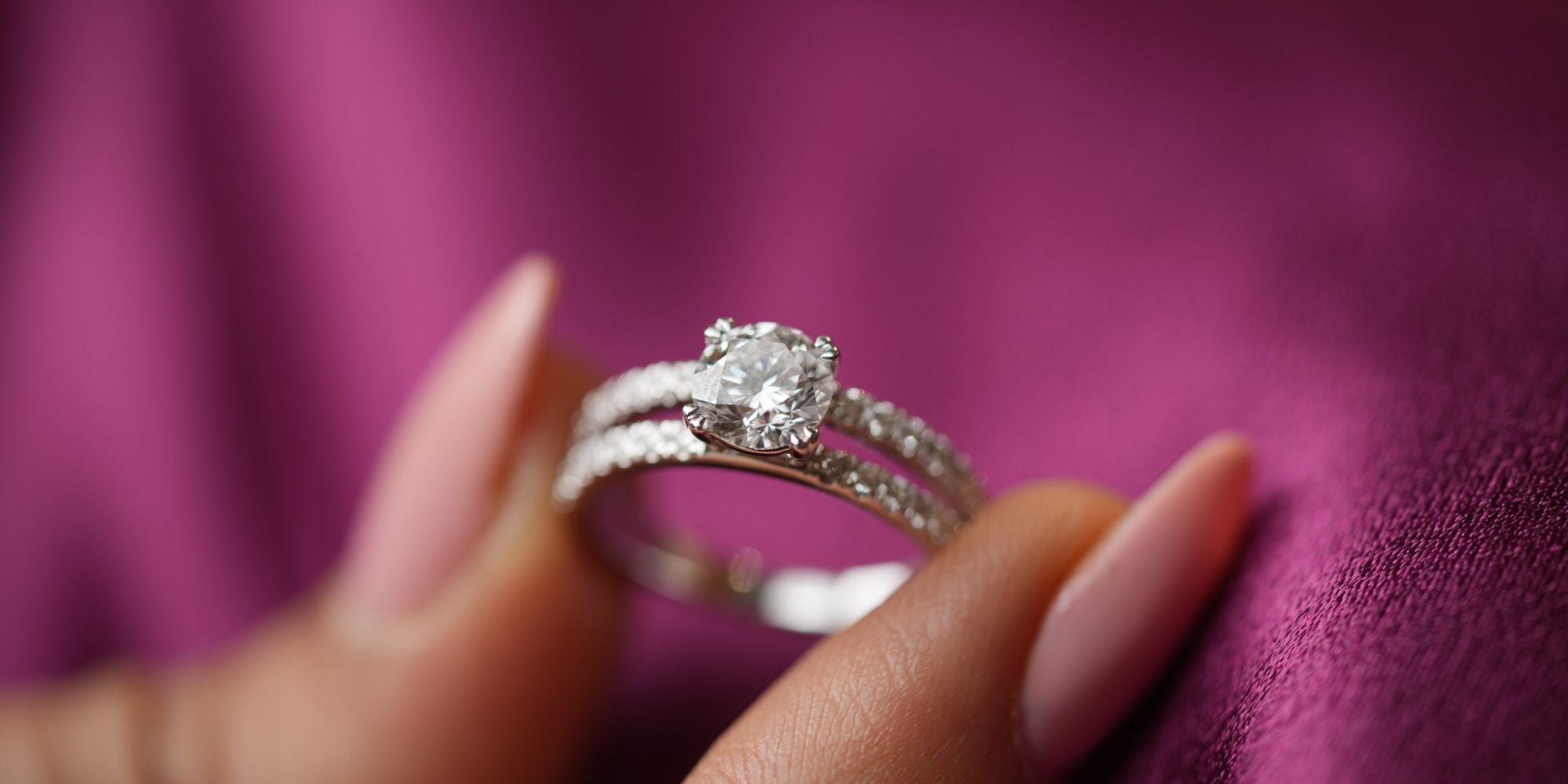In today’s globalized world, cultural significance permeates every aspect of our lives, even the jewelry we wear. As society becomes more conscientious about ethical and sustainable practices, lab-grown diamonds have emerged as a fascinating intersection of technology, sustainability, Lab Diamonds and Cultures. This article delves into the relationship between lab diamonds and various cultures, examining how these ethically sourced gems are influencing traditions, fashion, and societal values worldwide.
Understanding Lab Diamonds
Before delving into their cultural impact, it’s crucial to grasp what lab-grown diamonds are and how they differ from their natural counterparts. Lab diamonds, also known as synthetic or cultured diamonds, are created in controlled environments that replicate the natural diamond-growing process. Through advanced technological processes, such as Chemical Vapor Deposition (CVD) or High Pressure High Temperature (HPHT), scientists can mimic the conditions under which diamonds form beneath the Earth’s surface, resulting in gem-quality diamonds that are chemically identical to mined diamonds.
The Ethical Advantage
One of the primary reasons for the rising popularity of lab-grown diamonds is their ethical advantage. Unlike traditional mined diamonds, which are often associated with environmental destruction, human rights abuses, and conflict financing, lab diamonds offer a transparent and ethical alternative. Culturally, this ethical advantage resonates deeply, especially among consumers who prioritize sustainability and social responsibility.
Cultural Significance of Diamonds
Diamonds have held cultural significance for centuries, symbolizing love, purity, and wealth across various cultures and civilizations. From ancient civilizations like the Greeks and Romans to modern-day societies, diamonds have adorned royalty, symbolized commitment in marriage, and served as status symbols.
Traditional Values and Modern Alternatives
In many Lab Diamonds and Cultures, the tradition of giving or wearing diamonds is deeply ingrained. However, as awareness grows about the environmental and social impact of traditional diamond mining, there’s a shift towards embracing lab-grown diamonds as a modern alternative that aligns with contemporary values of sustainability and ethical consumption.
Redefining Cultural Norms
The acceptance of lab-grown diamonds challenges traditional norms surrounding diamond jewelry. In cultures where diamonds are traditionally mined and marketed as symbols of luxury and status, the emergence of lab diamonds prompts a reevaluation of these associations. As consumers become more educated about the origins of their jewelry, the cultural narrative surrounding diamonds evolves to prioritize ethical sourcing and sustainability.
Fashion and Cultural Trends
The influence of lab diamonds extends beyond their ethical advantages, impacting cultural trends and fashion preferences. As eco-consciousness becomes a defining trait of modern consumer culture, lab-grown diamonds are increasingly embraced by designers, influencers, and celebrities who seek to align their personal brands with sustainable values.
Celebrity Endorsements and Social Influence
The endorsement of lab diamonds by celebrities and influencers plays a significant role in shaping cultural perceptions. When prominent figures publicly choose lab grown diamonds over mined ones, it sends a powerful message that sustainability and ethics are fashionable and socially responsible choices.
Preserving Cultural Heritage
While lab-grown diamonds represent a modern innovation, they also have the potential to contribute to the preservation of cultural heritage. In regions where traditional diamond mining has led to environmental degradation and social conflicts, the adoption of lab-grown diamonds offers a path towards sustainable economic development that respects indigenous cultures and ecosystems.
Empowering Artisans and Communities
By promoting ethical sourcing and fair trade practices, the lab-grown diamond industry can empower local artisans and communities, preserving traditional craftsmanship and cultural practices while providing economic opportunities that prioritize environmental stewardship.
Conclusion: Bridging Past and Future
In conclusion, the intersection of lab diamonds and cultures reflects a dynamic interplay between tradition and innovation, ethics and aesthetics. As society evolves, so too does our understanding of what constitutes value and significance in jewelry. Lab-grown diamonds offer a bridge between the past and the future, embodying timeless beauty while embracing contemporary values of sustainability and social responsibility. By embracing this cultural shift, we not only redefine the narrative surrounding diamonds but also pave the way for a more ethical and inclusive jewelry industry.

